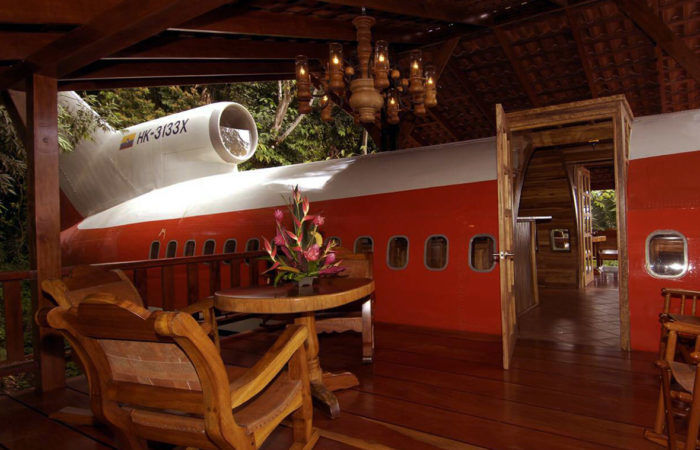In early 1978, the world steeled itself as gravity pulled an uncontrolled satellite powered by a small reactor fueled with 45 kg of highly enriched uranium towards Earth. Since COSMOS 954's impact point could not be predicted accurately, emergency responders had to assume that an inhabited area could be contaminated, and they feverishly prepared equipment and response procedures. This was the world's first experience with the uncontrolled re-entry of a space object with radioactive materials.
The radioactive materials launched into Earth orbit, or traveling in spacecraft, can potentially harm people or the environment in case of an accident and for which strict emergency response planning and effective information sharing at the international level are required. This was the topic of an IAEA webinar held last week for emergency response experts.
In the majority of nuclear and radiological emergencies there will be enough information to know the location of a potential release of radioactivity, but with space activities the exact location of impact cannot always be predicted. "The IAEA has developed arrangements to share information about any pending nuclear-powered satellite re-entry. Using the data, countries can quickly respond to protect the public and the environment from the radioactivity that might spread as a result of an accident," said Frederic Stephani, Incident and Emergency Assessment Officer in the IAEA, during the webinar.
COSMOS 954 eventually crashed in the Northwest Territories in Canada on 24 January 1978, scattering radioactive debris over a 600 km footprint and spreading radioactivity over 100 000 km2. The clean-up operation, called "Operation Morning Light," jointly coordinated by Canada and the US, recovered 80 radioactive items.
The COSMOS 954 crash became a prototype for global emergency preparedness and response arrangements for satellites carrying nuclear power sources.
Exploring space with nuclear power
As space objects are propelled towards new scientific discoveries in space, often far away from the Sun, they require nuclear power sources. But accidents can occur during the launch, operation and end-of-service mission phases of space nuclear power source applications. These accidents could expose the nuclear power source to extreme physical conditions leading to a radioactive release into the Earth's atmosphere.
For space agencies such as the United States National Aeronautics and Space Administration (NASA), different safety requirements will apply depending on the unique features of each mission. "The US uses a well-established National Response Framework to respond to a broad range of incidents, and this includes a lot of key assets that are specific to radiological events, including monitoring and assessment capabilities," said Don Helton, Nuclear Flight Safety Assurance Manager at NASA.
International cooperation in emergencies
Globally, clear obligations have been set out. Under the Convention on Early Notification of a Nuclear Accident, in case of an accident with a satellite or other space object with a nuclear power source or with a radioactive source on board, the countries that launched the space object must notify potentially affected States and the IAEA. The IAEA has established operational arrangements to support countries to meet this obligation.






